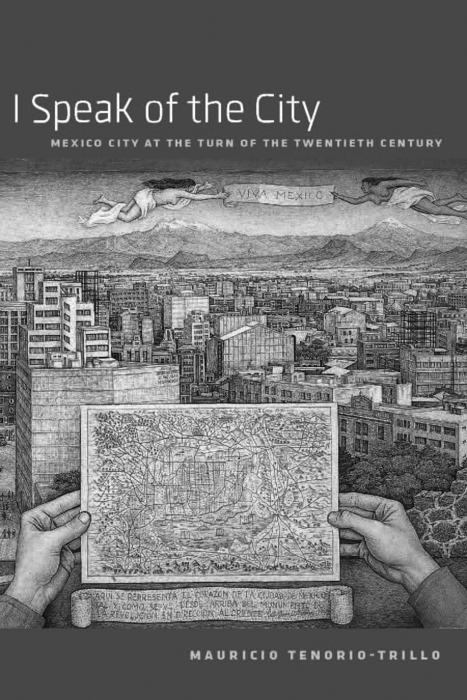Corps de l’article
Mexico City is a huge metropolis that you either love or hate. Indifference is not an option. Mauricio Tenorio-Trillo falls into the former category and his monograph reads as a series of love letters to the city, warts and all. The book is rather idiosyncratic; the chapters are interconnected but they do not have to be read in order. Each chapter can function as a stand-alone essay although the author does point out links to other parts of the book when appropriate. The author has an incredible command of details of the city’s and Mexican history and he provides a fascinating account of many aspects of Mexico City for aficionados. The author has wide-ranging tastes and esoteric interests; the level of detail is impressive but probably most suited to readers with a previous interest in Mexico and its history.
The first two chapters focus on the city itself using different lenses of analysis. First the author reprises his monograph on the centennial celebrations with three tours of the city during the centennial. This section introduces the reader to Mexico City’s landmarks at the start of the twentieth century. Among the many tangents, the author presents many wonderful photographs that show an eerily empty city with boulevards that seem larger because they are so bare. Next the author shows the parallels between the development of early twentieth-century Washington DC and Mexico City. At first this seems a strange foray for a book about Mexico City but in fact it works. Then the author continues with a short interlude that examines the interiors of Mexico City tenements and mansions. Because Mexican houses traditionally were organized around interior patios, the internal happenings of the households that lived in these buildings were often hidden or at least sheltered from the gaze. Tenorio-Trillo reveals these interiors from the most humble to the luxurious. Again he provides wonderful photographs and in this section, he compares the typical ethnographic snapshot to the casta paintings of the eighteenth century. Both demonstrate curiosity about the lower classes and reveal how elites tried to capture the complexities of plebeian life.
Following this first section, which introduces the reader to Mexico City, there are a series of chapters that focus on intellectuals and their relationship to the city. During the 1920s Mexico City was a hotbed for foreign leftist intellectuals but at the same time, artists from many different genres and inclinations also found it to be both inspiring and convivial. Tenorio-Trillo has an encyclopedic knowledge of Mexican culture and he weaves an intriguing picture of the intersections between poets, novelists and other artists in this period, both Mexican and foreign. He shows how both foreign and Mexican intellectuals create an illusion of a Mexico that was fundamentally indigenous in a profoundly romanticized manner. He calls this invented Mexico “Brown Atlantis.” The intelligentsia was attracted to an indigenous culture that existed but not really as they imagined it. The direction of adulation is then reversed in a next series of chapters on the attraction that the Orient had for Mexican elites. The author calls this captivation Odalisque-mania and he documents the various ways that Mexicans brought the culture of mostly Japan and India into their midst. The juxtaposition of these two chapters showing the inward and outward interests is particularly noteworthy as it shows the multi-faceted concerns of the Mexican intellectual elite.
The final part of the book ranges from science to language. Tenorio-Trillo steps a little bit out of his comfort zone (which is really cultural history) to examine the emergence of institutions of science within Mexico City and, most especially, the unique contributions of the city and its scientists to the taming of typhus or tabardillo. It is a relief when he then turns to the language of Mexico City. These last two chapters are brilliant. He evokes all the cheeky inventiveness that characterizes Mexican popular language and the originality and impudence of their humour. His sources range from the elaborate double-entendres of the street merchants’ refrains that strained the limits of good manners to coplas (short popular rhymes) to popular music and then finally, the pièce de résistance, palabrotas (bad words). His analysis of these gems is particularly rich and immensely amusing.
This is not a traditional book of dispassionate scholarship although it is very scholarly. Tenorio-Trillo reveals his personal engagement with the material in a way that is both refreshing and charming. He also writes with a strong voice and, unlike so many other current works, he does not continually ask permission from others to advance his ideas and analysis. This absence of continual name-dropping is most welcome. Unfortunately, the book lacks really thorough copy-editing and many jarring errors detract from what is a very fine work. The author also provides translations for very difficult, slangy passages but is not consistent in his translations—an omission that he explains but is really unsatisfactory. Despite these minor quibbles, this book is an important and erudite study of a major city that is well worth reading.



